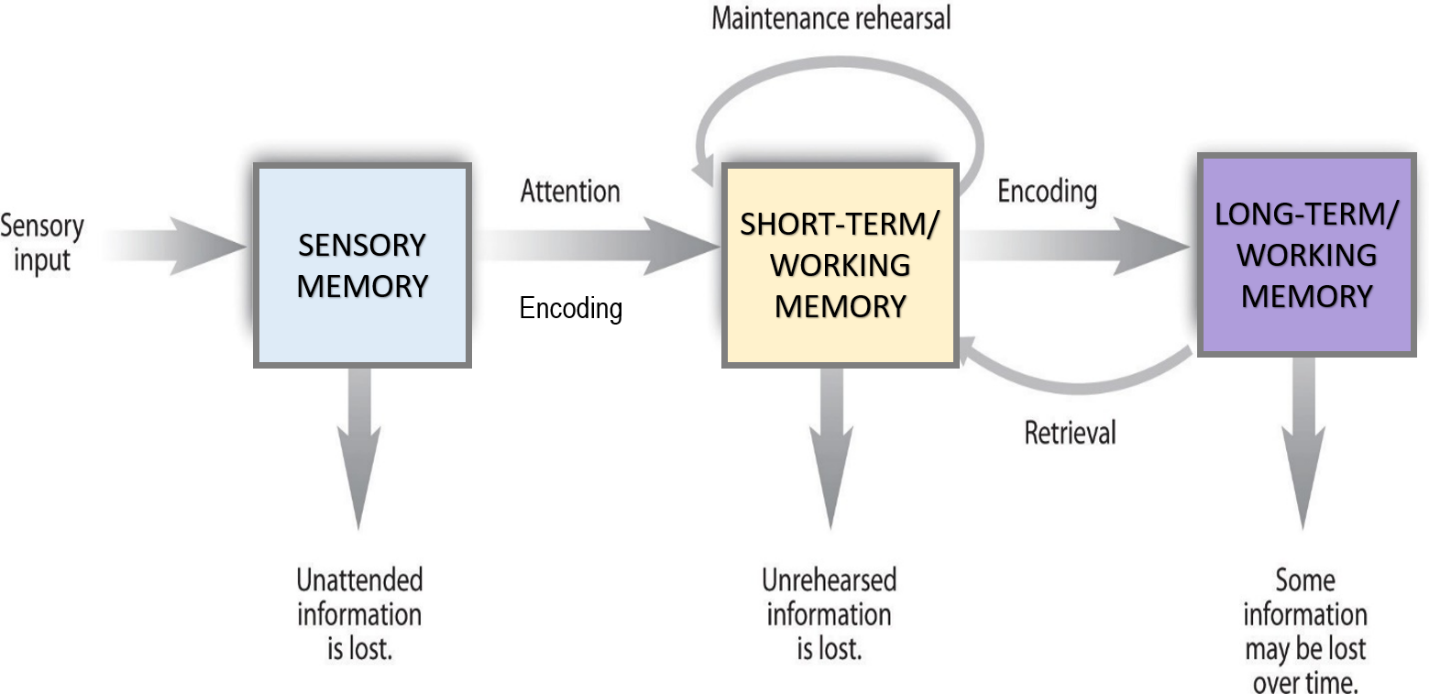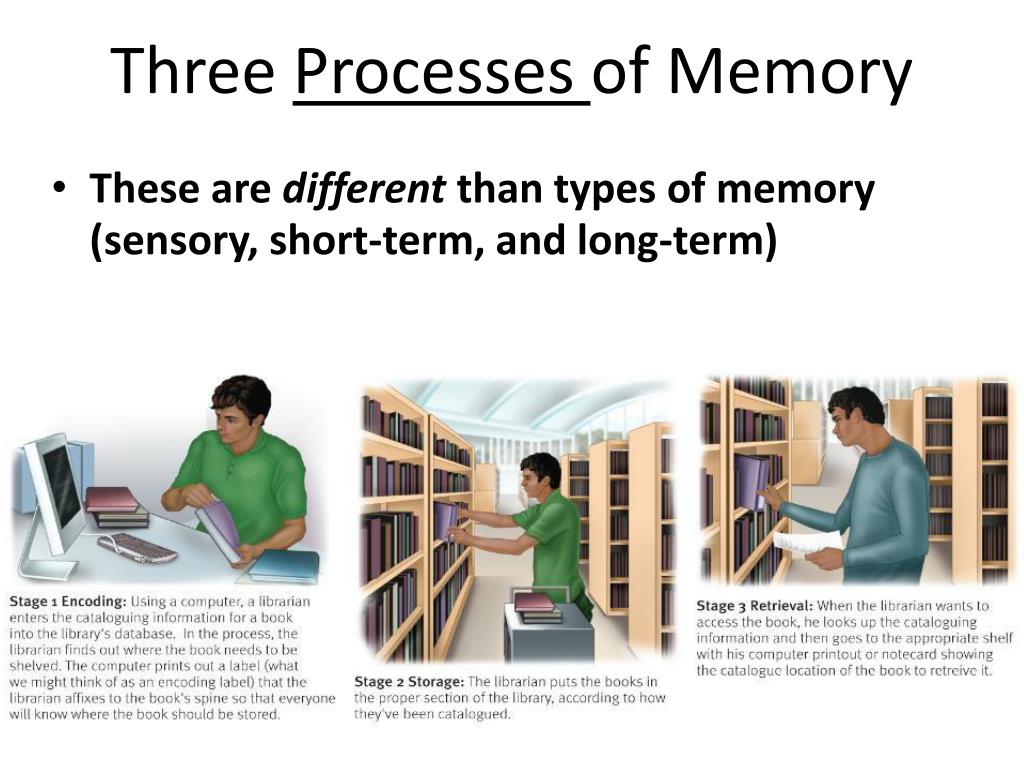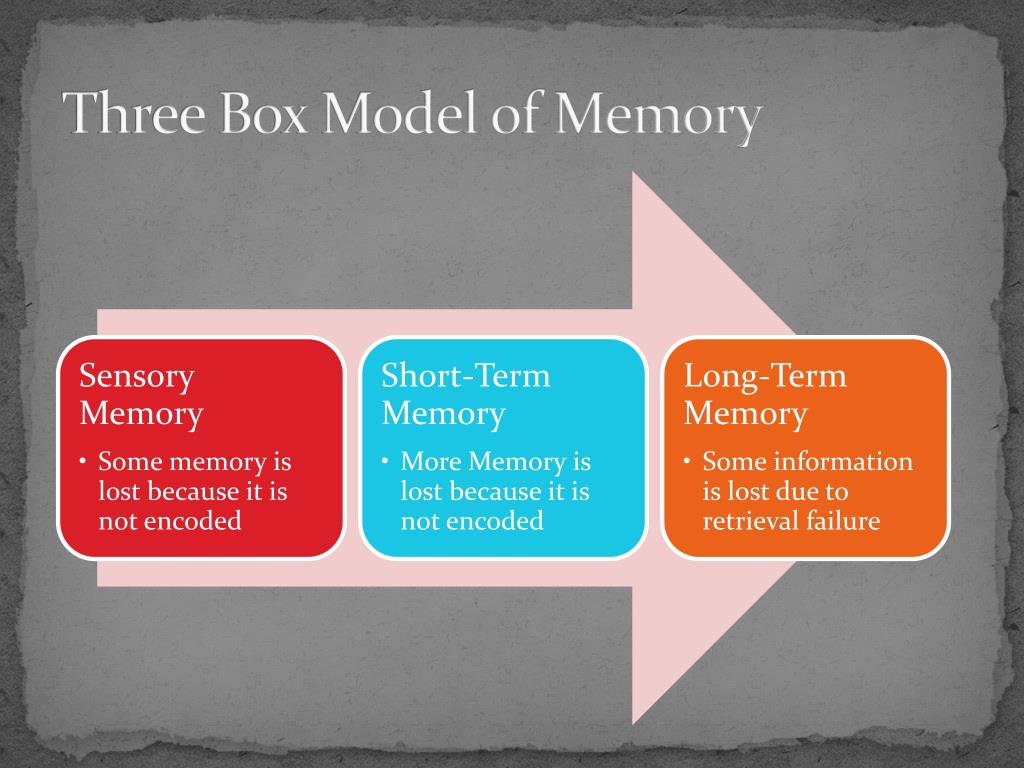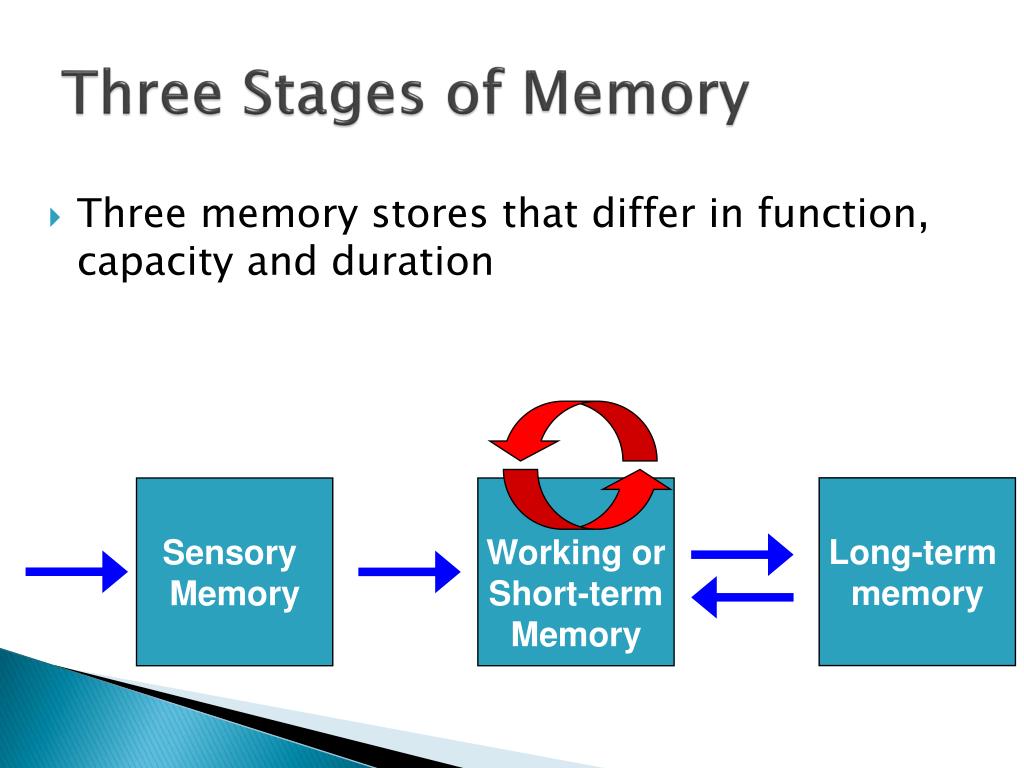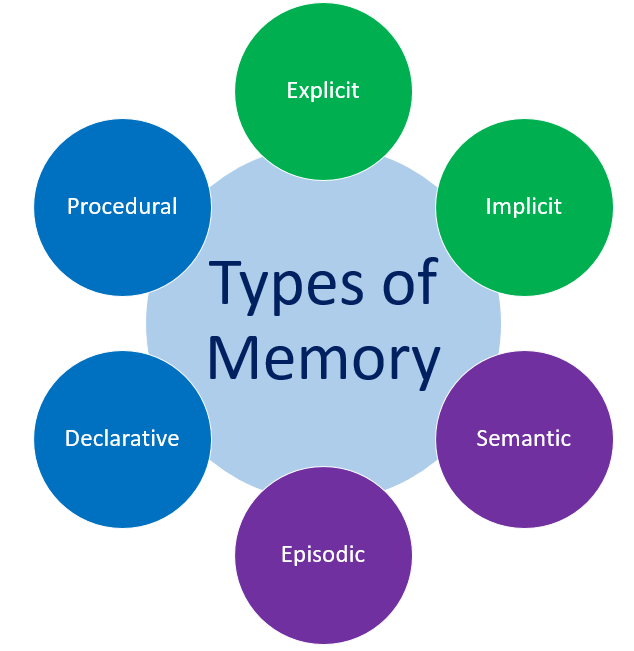The Three Functions Of Memory Are
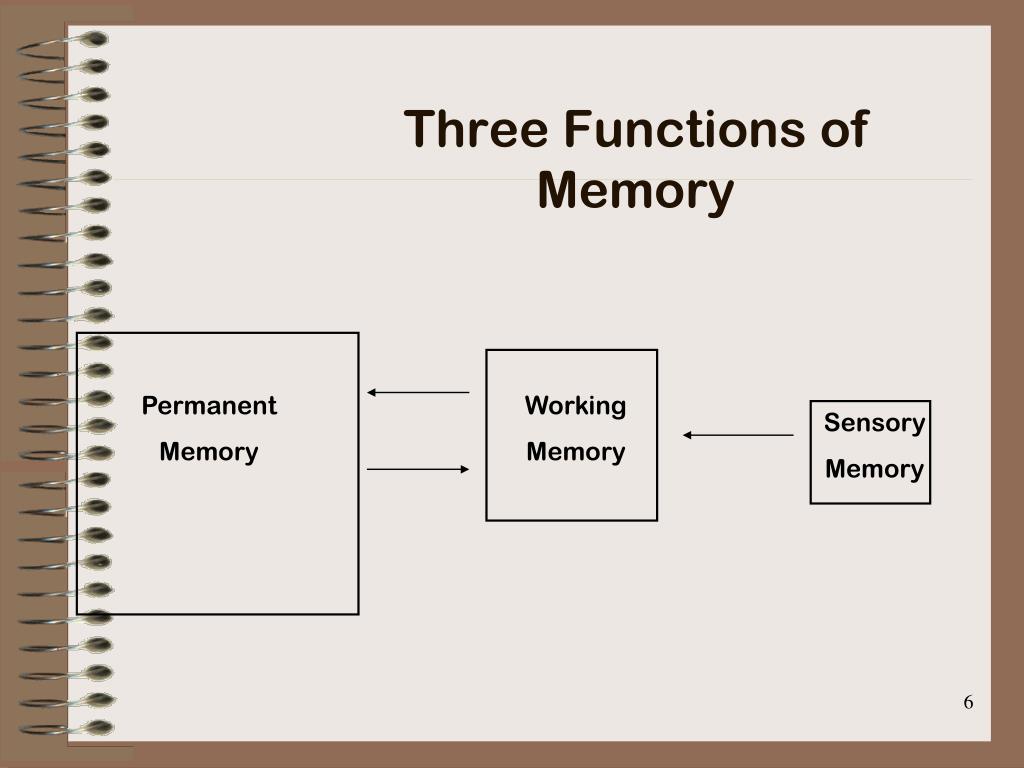
The human mind, a universe unto itself, holds within its intricate folds the key to our experiences, our knowledge, and ultimately, our identity. At the heart of this universe lies memory, a complex and multifaceted system that allows us to not only recall the past but also navigate the present and anticipate the future. But memory is not a singular entity; it operates through a series of coordinated functions, the understanding of which is crucial to unlocking the mysteries of cognition.
This article delves into the three core functions of memory: encoding, storage, and retrieval. These processes work in concert, allowing us to transform sensory input into lasting memories, maintain those memories over time, and access them when needed. We will explore each function in detail, examining the mechanisms involved and the implications for our daily lives. Experts emphasize that a disruption in any one of these functions can profoundly impact our ability to learn, adapt, and interact with the world.
Encoding: Laying the Foundation
Encoding is the initial stage of memory processing, responsible for transforming sensory information into a format that can be stored in the brain. It’s the process of converting our experiences into a neural code. Think of it as typing information into a computer – without this step, nothing can be saved.
Encoding involves various processes, including attention, elaboration, and organization. Attention is critical, as we only encode information that we actively focus on. Elaboration refers to connecting new information to existing knowledge, making it more meaningful and easier to remember.
Organization involves structuring information in a way that makes sense to us, such as creating categories or hierarchies. According to Dr. Emily Carter, a cognitive neuroscientist at Stanford University, "Effective encoding strategies are crucial for creating strong and durable memories. The more actively we engage with information during encoding, the better we are likely to remember it later."
Types of Encoding
Encoding can occur through various modalities, including visual, auditory, and semantic encoding. Visual encoding involves creating mental images of information, while auditory encoding involves processing sounds. Semantic encoding, which focuses on the meaning of information, is generally considered the most effective for long-term retention.
A study published in the Journal of Cognitive Psychology found that participants who used semantic encoding strategies remembered significantly more information than those who relied on visual or auditory encoding alone. This highlights the importance of understanding the meaning behind information when trying to commit it to memory.
Storage: Maintaining the Memory Trace
Storage refers to the process of maintaining encoded information over time. It is the second crucial function of memory. After the data is entered, we need to save it somewhere.
The brain utilizes various storage systems, each with its own capacity and duration. These include sensory memory, short-term memory, and long-term memory. Sensory memory briefly holds sensory information, while short-term memory holds a limited amount of information for a short period.
Long-term memory, on the other hand, has a vast capacity and can store information for years, even a lifetime. "The transfer of information from short-term to long-term memory is a critical process that involves consolidation," explains Dr. David Lee, a memory specialist at UCLA. Consolidation refers to the strengthening of neural connections associated with a particular memory.
The Role of the Hippocampus
The hippocampus, a brain structure located in the medial temporal lobe, plays a crucial role in memory consolidation. It acts as a temporary storage site for new memories. Over time, these memories are gradually transferred to other areas of the brain for long-term storage.
Damage to the hippocampus can result in anterograde amnesia, the inability to form new long-term memories. This demonstrates the critical role of the hippocampus in the storage process.
Retrieval: Accessing Stored Information
Retrieval is the process of accessing stored information and bringing it back into conscious awareness. It is the final step in memory function. In computer terms, it is like opening a file from your hard drive.
Retrieval can be triggered by various cues, such as external stimuli, internal thoughts, or emotions. The effectiveness of retrieval depends on factors such as the strength of the original memory trace, the presence of appropriate retrieval cues, and the context in which the retrieval attempt occurs.
Context-dependent memory refers to the phenomenon that people can recall information best when they are in the same context in which they learned it. “Retrieval cues act as triggers, activating the neural networks associated with a particular memory,” says Professor Sarah Chen, a cognitive psychologist at Harvard University. "The more cues available, the easier it is to retrieve the information."
Retrieval Cues and Interference
Retrieval cues can be both helpful and hindering. While appropriate cues can facilitate retrieval, irrelevant or misleading cues can lead to interference. Interference occurs when competing memories disrupt the retrieval process.
There are two main types of interference: proactive interference and retroactive interference. Proactive interference occurs when old memories interfere with the retrieval of new memories, while retroactive interference occurs when new memories interfere with the retrieval of old memories. Understanding the principles of retrieval is essential for optimizing memory performance.
The Interconnectedness of Memory Functions
It's important to emphasize that encoding, storage, and retrieval are not isolated processes but rather interconnected and interdependent functions. Each step relies on the successful completion of the previous step.
A breakdown in any one of these functions can lead to memory impairments. For example, poor encoding can result in weak memory traces that are difficult to store and retrieve. Similarly, damage to brain regions involved in storage can prevent memories from being consolidated and maintained over time.
Future Directions in Memory Research
Ongoing research continues to unravel the complexities of memory. Scientists are investigating the neural mechanisms underlying each of the three functions, as well as developing interventions to improve memory performance.
Technological advancements, such as brain imaging techniques, are providing new insights into how the brain encodes, stores, and retrieves information. This knowledge could potentially lead to new treatments for memory disorders, such as Alzheimer's disease, and strategies for enhancing memory in healthy individuals.
By understanding the three fundamental functions of memory, we can gain a deeper appreciation for the remarkable capabilities of the human brain. Ultimately, the study of memory is a quest to understand ourselves.

